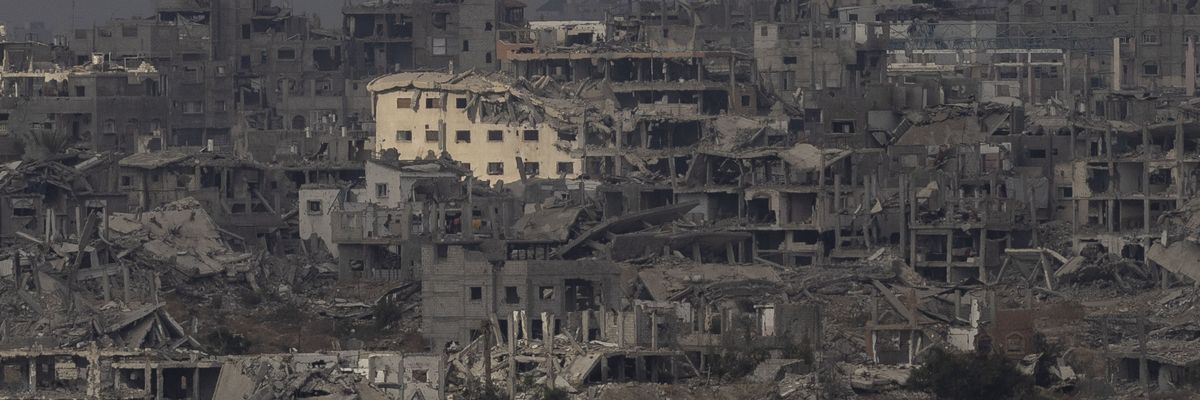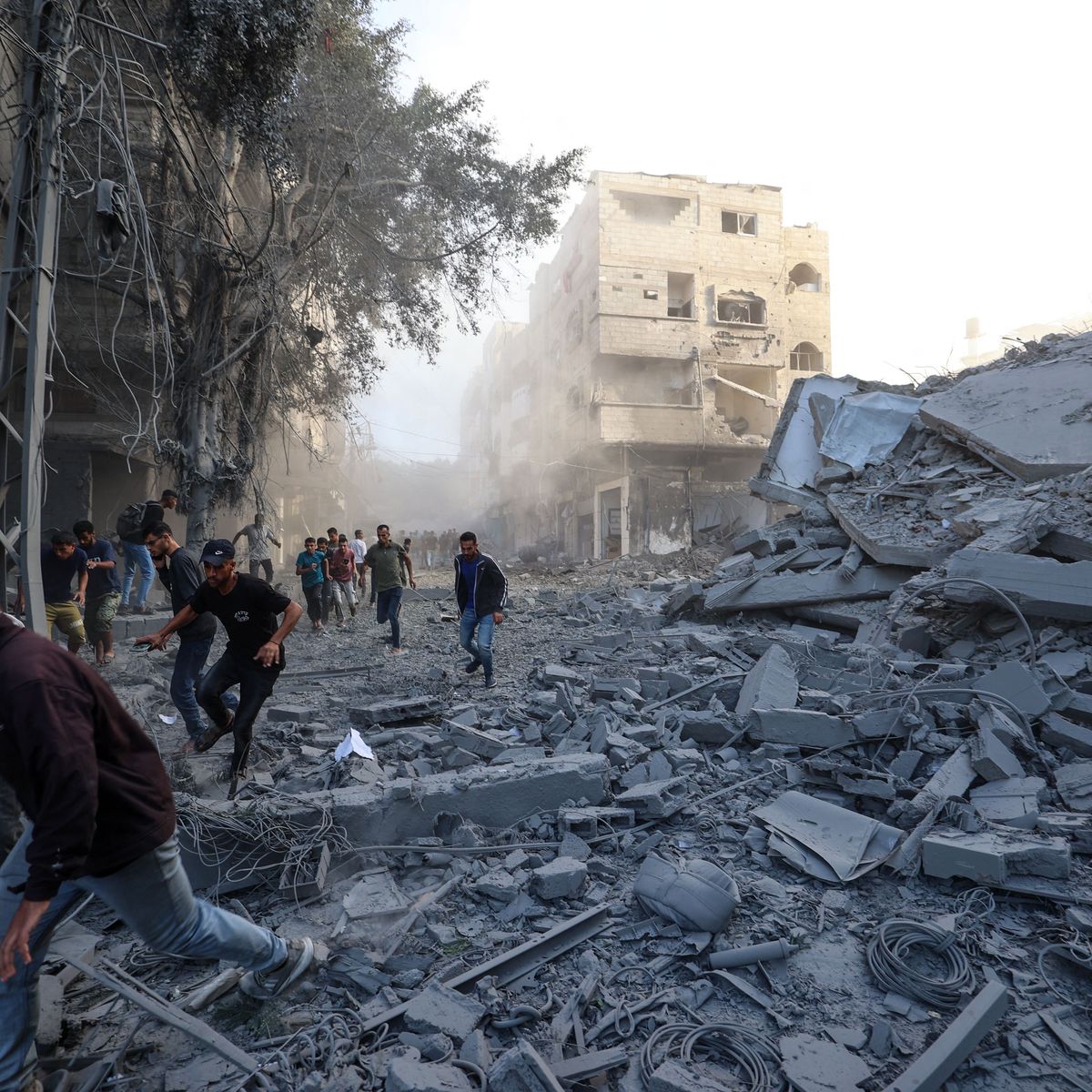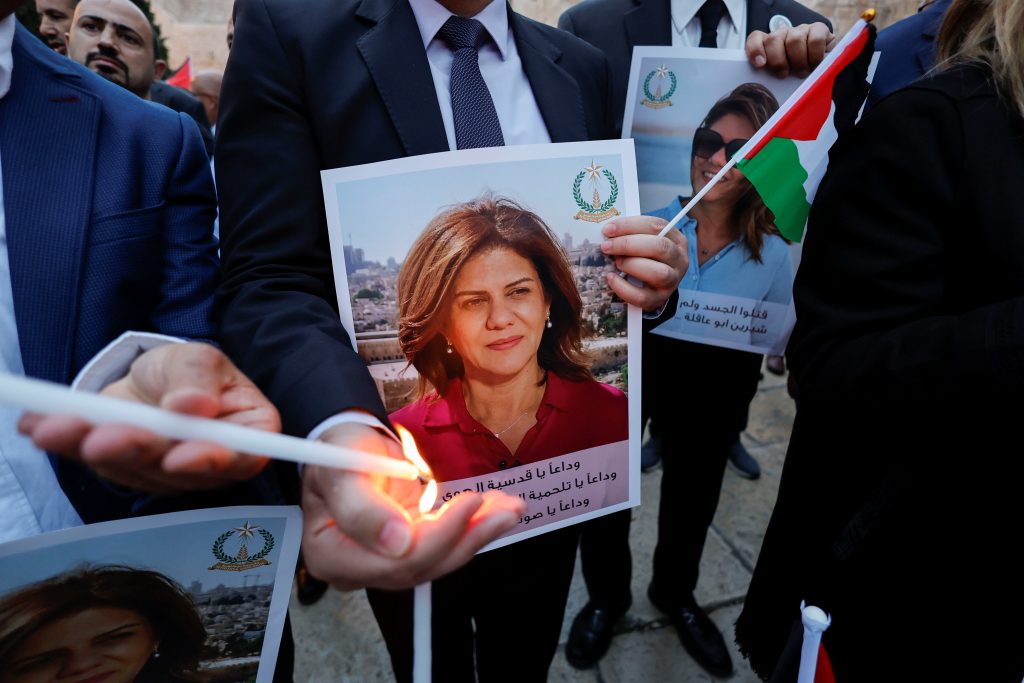The
pogroms against the Palestinians are pure ethnic aggression, designed
solely to force them off their land. No "friend of Israel" can pretend
otherwise.
There is nothing remotely "defensive" about this operation. Lynch mobs of settlers are on a manhunt for Palestinian prey.
This is how much of a myth Israel perpetrates
when it claims to offer Jewish victims of antisemitism a safe haven.
Nor can they claim that this naked aggression against unarmed
Palestinians is the work of a fringe group of settlers and that the rest
of Israel wants to live in peace with its Arabs.
The burning of cars, the beatings and the killings are a collective
effort, and key to the concurrent legislative push for annexation.
No opposition to annexation
Apart from the settlers, and citizens who turn up with metal bars,
there are soldiers who fire teargas and shoot at their victims; the
border police who arrest the victims of the settlers and stop ambulances
from recovering the bodies; the Shin Bet, as well as the Israeli
prisons service, settlement security coordinators, the Israeli military
liaison office, the courts, and of course, last week, the Knesset
itself.

Amid Gaza's nightmare, a quiet genocide has been unfolding in the West Bank
Read More »
The parliament passed
a preliminary reading of two bills. The first applied Israeli
sovereignty to all the settlements in the occupied West Bank. This was
opposed by the ruling Likud party, although one member, Yuli Edelstein, broke ranks to cast the decisive vote.
Edelstein said that he supported the measure because "Israeli
sovereignty in all parts of our homeland is the order of the day" and
called on "all Zionist factions to vote in favour".
The other was a more limited bill proposed by the secular nationalist Avigdor Lieberman to annex the large settlement of Ma'ale Adumim, arguing the surest form of devouring the occupied West Bank was in salami slices.
"Ma'ale Adumim constitutes the broadest consensus in Israeli society.
In terms of applying sovereignty, it is better to go for the broadest
national consensus[such as] Ma'ale Adumim, Ariel, Gush Etzion and the
Jordan Valley."
This bill, everyone in Europe and the US please note, got the support
of the so-called opposition leaders Yair Lapid and Benny Gantz.
There is in fact no opposition to annexation. It enjoys bipartisan support.
Senior members of the cabinet, Justice Minister Yariv Levin and Defence Minister Israel Katz, have also endorsed annexation. Last summer, the Knesset overwhelmingly approved a non-binding motion in favour of applying Israeli sovereignty in the West Bank.
Even the statement from the Likud party, which dismissed the two bills as political trolling designed to embarrass the government on the day US Vice President JD Vance was in town, blurted out what was really going on.
"We strengthen settlement every day with actions, budgets,
construction, industry, and not with words. True sovereignty will be
achieved by... creating the political conditions appropriate for the
recognition of our sovereignty, as was done in the Golan Heights and in
Jerusalem."
Bezalel Smotrich, the finance minister and de facto colonial governor of the West Bank, was unfazed by US President Donald Trump's rejection of annexation.
Trump had warned that Israel would lose the support of the US
"completely" if it annexed the West Bank, and it "would not happen" as
it would break the commitments he gave to Arab leaders.
Smotrich, who should no longer be considered a religious Zionist
outlier or extremist, but the voice of the driving force of Israeli
politics, said it was only a matter of time before Trump would come around, just as he did by recognising Israeli sovereignty over the Golan Heights.
A bitter harvest
It's only the start of this year's olive harvest, which continues until December, but already the pogroms have had a dramatic effect.
With or without Likud denials or Trump's threats, the Smotrich plan
is firmly underway. Possibly not at the speed with which he wants it
carried out, but the destination can no longer be in doubt
The Palestinian Colonisation and Wall Resistance Commission documented 158 settler attacks since
the start of the olive harvest, which runs from October to late
December, carried out under the protection of the Israeli army.
Palestine usually produces between 17,000 and 22,000 tonnes of olives, but this season it is expected to fall to just 7,000 tonnes, the lowest in decades.
Since the start of the year, 10,000 trees
have been burned or uprooted, on which roughly half of the Palestinian
population depend. But it's the land the trees are on which are
Smotrich's real target.
Key to his plan to annex 82 percent of the occupied West Bank is the principle of "the maximum land with the minimum Arabs".
The pogroms have already cleared Palestinians off one-fifth of the land they still cling to.
Olive trees cover some 550,000 dunams
(around 136,000 acres) of farmland out of a total of 1.2 million
dunams. In the past two years, Israeli army and settler violence have
prevented farmers from accessing 110,000 dunams of their land.
So with or without Likud denials or Trump's threats, the Smotrich
plan is firmly underway. Possibly not at the speed with which he wants
it carried out, but the destination can no longer be in doubt.
Abbas succession
If you are sitting in Ramallah, Smotrich represents an existential
threat to whoever takes over from the ageing Palestinian President
Mahmoud Abbas, although this is no longer in any doubt after the decree
he issued on Sunday.
Responding to speculation that Abbas's arch Fatah rival, Marwan Barghouti,
might be let out of Israeli prison after over 20 years, and that Trump
was seriously considering pleas from Barghouti's wife, Fadwa, Abbas
issued a decree which shuts the door on any rival or indeed any
election.

Who is Marwan Barghouti and why won't Israel release him?
Read More »
The decree stated that if he could no longer fulfil his duties as
president, the position would be filled "temporarily" - always a
suspicious word in the Middle East - by Hussein al-Sheikh, the deputy chairman of the Palestine Liberation Organisation's (PLO) executive committee.
Sheikh, who is Israel's primary contact over civilian matters in the
West Bank, has been vetted and approved by both Tel Aviv and Washington.
At the last available poll, only 18.9 percent of Palestinians supported his appointment as vice chairman. In a straight context, Sheikh would be blown away by Barghouti.
But polls are irrelevant to the president, who has not allowed
an election to take place for 21 years and who has shut down the
Palestinian Legislative Council (PLC), which has been dormant, after the last vote in 2006 gave Hamas 74 of the 132 seats, while the ruling Fatah got just 45.
Abbas's closure of parliament
is another reason for Sunday's decree. Basic Law decrees that an
incapacitated president is supposed to be replaced by the speaker of the
Legislative Council.
Now he is not.
All this is business as usual for Abbas. It is as if the genocide in
Gaza never took place, and an existential attack on the Palestinian
Authority (PA) is not happening either.
The PA responded to the genocide in Gaza with silence. It is pursuing Israeli
Prime Minister Benjamin Netanyahu and his former Defence Minister Yoav
Gallant for war crimes in the International Criminal Court.
But Israel's attempt to exterminate Gaza has not even produced a dent
in Abbas's policy of excluding Hamas from a unity government of any
form. On the contrary, it has only confirmed it.
Other Fatah grandees who appear at international gatherings are
careful to accompany declarations that Hamas must be disarmed in Gaza
with carefully worded acknowledgements that it must, at some level, be
involved in the process of finding a new leader.
Like Netanyahu, whose proudest lifetime achievement has been to kill a
Palestinian State at birth, Abbas's proudest boast has been to cling to
power, 21 years after he effectively lost it
But not Abbas, who clearly thinks the resistance groups are a bigger threat to his authority than Israel currently is.
Like Netanyahu, whose proudest lifetime achievement has been to kill a
Palestinian state at birth, Abbas's proudest boast has been to cling to
power, 21 years after he effectively lost it.
The contradictions between marginalising Hamas, reforming the PA to
be even more subservient to Israel and its occupation than it already
is, and achieving the aspirations of the Palestinian people for a
sovereign state on the borders of 1967, are fully contained in the
internal Saudi foreign ministry report, which was leaked to Middle East Eye.
Saudi Arabia said Hamas has an "impact on obstructing peace efforts and deepening divisions" and therefore should be sidelined.
Written in Arabic, this paper was presumably for distribution to
fellow Arab delegates at the United Nations General Assembly in New
York.
Smotrich laughed at Saudi
Arabia's attempts to bargain normalisation for a Palestinian state.
"Keep riding your camels in the Saudi desert. We'll continue to develop
our economy, society and state with all the great things we know how to
do."
What next?
Barghouti himself remains an unknown factor. Whether he still retains
the power he once had to lead both the Palestinian national liberation
struggle and make Israel take him seriously as a negotiator remains to
be seen, if he is ever released.

The Future of the Occupation: What now for Palestine after Gaza?
Read More »
In the past, Israel has simply assassinated leaders like Yasser
Arafat - widely assumed today to have been poisoned - who tried and
failed to do both.
There is every reason why Israel would assassinate Barghouti in or
out of prison, if he ever became a serious challenger for power in
Ramallah.
But if Barghouti, or someone like him, does not assume control of
Fatah very soon, Abbas will drag his party and every Palestinian
institution - the PA, the PLC and the PLO - down with him. Is this very
real prospect really in the interests of those in Fatah who are
currently keeping their heads down?
Hamas and the resistance groups have every chance of outliving Abbas and continuing in Gaza, in the West Bank and the diaspora.
All that is left for Abbas to do is to rearrange the chairs on the deck of the Titanic. Even he has to see that.
The views expressed in this article belong to the author and do not necessarily reflect the editorial policy of Middle East Eye.














